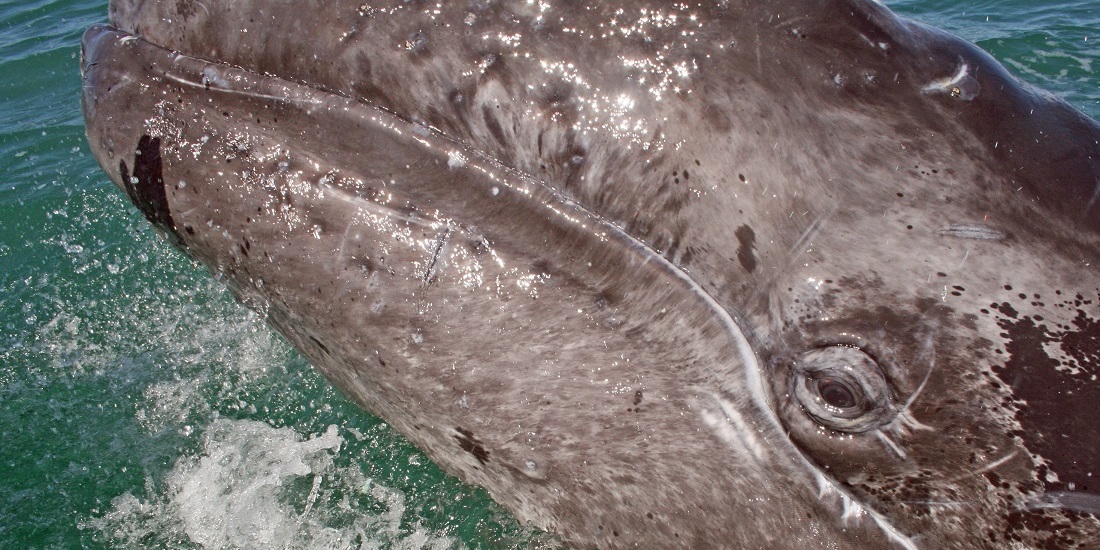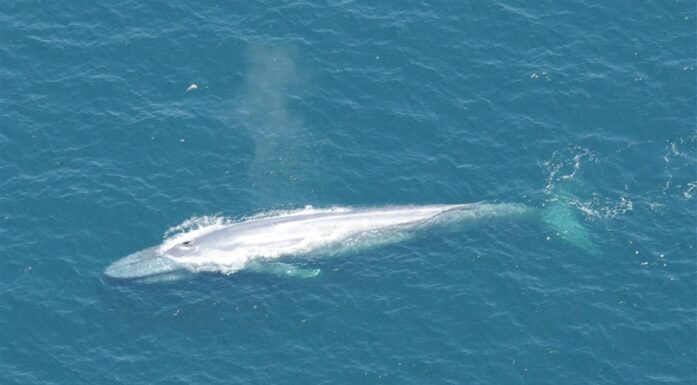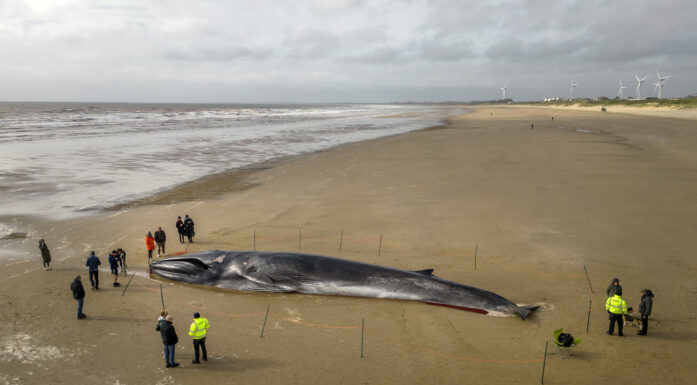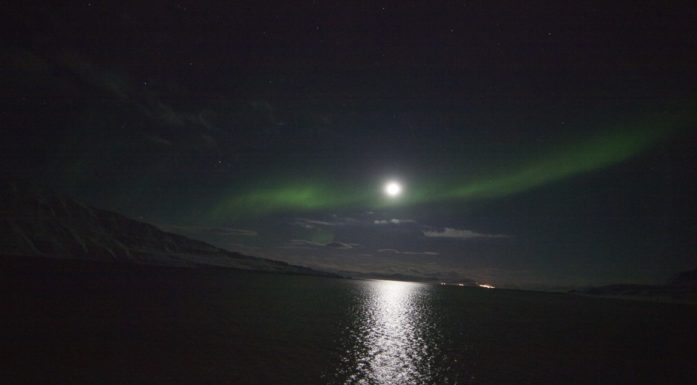Early whaling eradicated species from local waters
Several whale species disappeared from Europe long before whaling became a major industry. Two of the most common species are no longer found here, and one of them is almost extinct.
The industrial whaling of the 19th and 20th centuries almost wiped out several species. However, even though whaling took place on a much smaller scale before this period, it was enough for at least two species to disappear completely from European waters.
These two species used to be among the most common, but now one of these species is on the verge of extinction.
“Whaling was widespread from a very early time. This had major consequences for species in Europe,” says Youri van den Hurk, a former postdoctoral fellow at NTNU University Museum.
Studying whale bones
A group of archaeologists examined 719 whale bones from various museum collections in Europe. Most of the whale bones originated from around 900 BCE to 1500 CE.
By studying the proteins in this bone material, it is often possible to find out which species these bones originated from. Youri van den Hurk carried out much of the analysis work at NTNU University Museum.
The whale bones examined originated from whales caught as far north as Norway and as far south as Spain. Whaling was practised by people from many European countries, both in Scandinavia and the British Isles, but also in Belgium, France and Spain.
Several species nearly extinct
In just 70 years, 1.3 million whales were killed in Antarctica alone. The hunting declined, especially from the 1960s, as whales became scarce, and the catch was no longer profitable. The blue whale, once common in Norway, is a famous example of how wrong things went. Today, you can mostly encounter it only off Jan Mayen in Norwegian waters, and even there, it is extremely rare. Up to 300,000 blue whales existed in Antarctica before modern whaling escalated. Even though the species was protected as early as 1966, Soviet Union ships continued to hunt them for a long time. Today, there are probably no more than 25,000 left, perhaps as few as 10,000, spread across multiple subspecies. A complete ban on whaling did not come until 1982. Nevertheless, Norway, Japan, and Iceland continued, often under the pretext of research.
Coastal species disappeared first
It is perhaps not surprising that whaling was so widespread. Everything from a whale weighing several tonnes had a use.
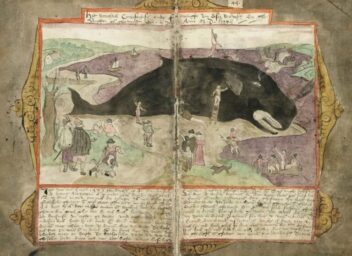
Whalers have captured a sperm whale. Illustration from Adriaen Coenen’s book on fish (yes, fish) from 1580. Retrieved from The Public Domain Review.
Meat and blubber were eaten, whale oil was used to light lamps, and whale bones were made into everything from corsets to houses to trinkets. There were many products.
“Historical sources show that the earliest whalers used harpoons with buoys attached to them. This enabled them to tire the animals out before using spears and lances to kill them. However, the methods may have varied from place to place. Sources from Norway mention that spears tipped with poison were used, or that hunters cornered whales by chasing them into fjords,” says van den Hurk.
During the most intensive period, however, whalers occasionally caught so many whales that they only took the most valuable parts. The rest was left to rot.
In the 19th Century, larger whaling ships and more efficient equipment made it possible to catch more and larger whales in less time. Even the gigantic blue whale and fin whale could now be caught.
Modern ships enabled whalers to travel to distant regions of the Arctic and Antarctic. Norwegians Erik Eriksen and Svend Foyn’s grenade harpoon was particularly effective, and management of the whale stocks was usually very poor.
Both of the species that disappeared early from Europe are whales that stay close to the shore. This means it was possible for people in small boats and with ordinary harpoons to hunt them, even before whaling became a major industry. These whales were therefore particularly vulnerable, even though whaling was taking place on a very small scale.
“We know little about the aims and scope of this pre-industrial whaling. However, archaeology and historical sources give us a valuable opportunity to find out more about this early whaling,” says van den Hurk.
The grey whale survived in the Pacific Ocean
The grey whale (Eschrichtius robustus) is one of the species from which scientists find a lot of bones in their material. One of the bones is from Trondheim.
“The large prevalence surprised us, because grey whale bones have not been commonly identified in such large numbers during previous studies,” says Professor James H. Barrett, a professor at the Department of Archaeology and Cultural History.
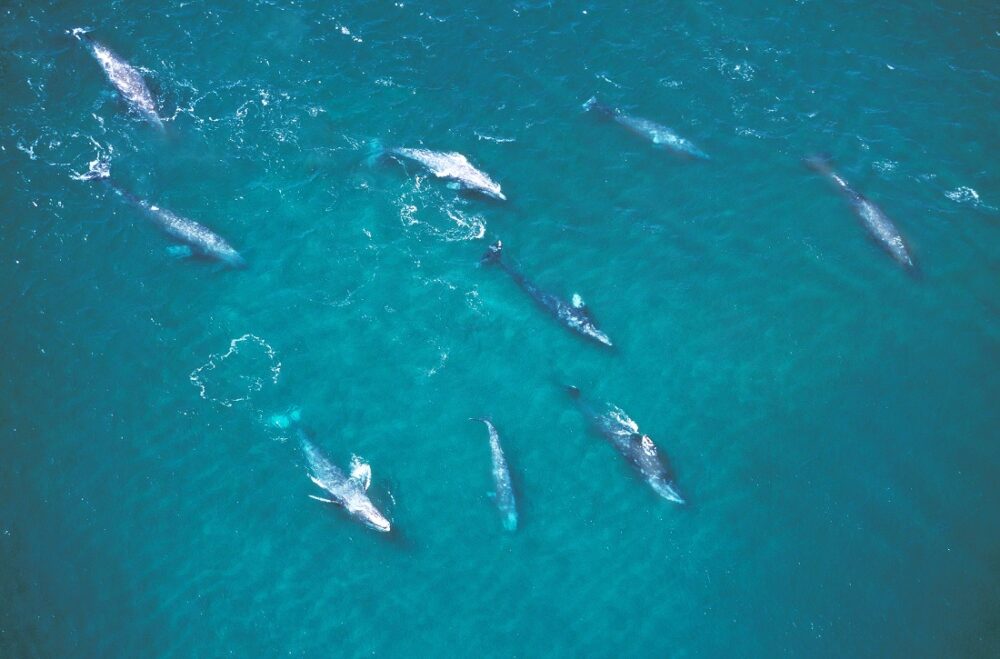
Fortunately, the gray whale thrived in the Pacific Ocean, where whaling was not as widespread. Photo: Shutterstock, NTB.
The grey whale started disappearing from parts of the North Atlantic as early as the Middle Ages, and the species was completely gone from the area by the 18th Century. The species currently has two viable populations in the Pacific Ocean, but it has not yet returned to the Atlantic with the exception of the occasional stray.
Despite us no longer seeing grey whales along the Norwegian coast or elsewhere in Europe, the species survived in areas where whaling was not that common at the time.
Another species fared a lot worse, however, and the scientists knew about the problems it faced before this study got underway.
The North Atlantic right whale is still struggling
The North Atlantic right whale (Eubalaena glacialis) is a slow swimmer that prefers to stay close to the shore. In addition, the species has a large amount of blubber, which keeps it afloat on the surface of the water when killed.
“The species is therefore relatively easy prey for whalers. This is probably why North Atlantic right whale bones make up most of the material we find,” says Professor Barrett.
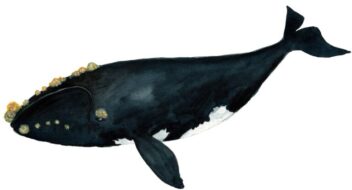
The North Atlantic right whale used to be common, but today there are probably fewer than 350 left, none of them in Europe. The numbers are declining. Illustration: Shutterstock, NTB.
North Atlantic right whales were widespread along the coast of Europe until the 18th Century, but have hardly been hunted since the 19th Century because so few of them were left. Today, North Atlantic right whales are probably extinct in the eastern Atlantic, and hardly any of them are left in the western Atlantic. The species is in serious trouble.
North Atlantic right whales have been completely protected since 1937, but despite this, only 300–400 individuals remain. These are mostly found along the coast of North America.
Today, whaling no longer poses a threat to North Atlantic right whales. However, in a world of eight billion people, these are not good times for a species that lives in coastal areas where there is a lot of shipping traffic.
Several species are almost extinct
During the course of 70 years, 1.3 million whales were killed in Antarctica alone. Whaling declined after the 1960s because whales became scarce and hunting them was no longer profitable.
The blue whale, once common in Norway, is a famous example of how wrong things went. One of the only places in Norwegian waters where blue whales can be seen today is off the coast of Jan Mayen, and these sightings are very rare.
Approximately 300,000 blue whales could be found in Antarctica before the onset of modern whaling. Although the species was protected as early as 1966, ships from the Soviet Union continued to hunt it for a long time. Currently, there are certainly no more than 25,000 blue whales left in the world, perhaps as few as 10,000, divided into several subspecies.
A total ban on whaling was only introduced in 1982. Despite this prohibition, Norway, Japan and Iceland continue their whaling activities, with Japan and Norway often citing research as an alibi.
Norwegian whalers have killed at least 15,000 minke whales since 1982, but the local population amounts to approximately 100,000 animals and is not considered endangered. Despite the prevalence of this species, this whaling sometimes sparks strong criticism from other countries.
Norwegian whaling is currently very limited, but whale meat is still a common sight in Norwegian freezer counters.
Several species nearly extinct
In just 70 years, 1.3 million whales were killed in Antarctica alone. The hunting declined, especially from the 1960s, as whales became scarce, and the catch was no longer profitable. The blue whale, once common in Norway, is a famous example of how wrong things went. Today, you can mostly encounter it only off Jan Mayen in Norwegian waters, and even there, it is extremely rare. Up to 300,000 blue whales existed in Antarctica before modern whaling escalated. Even though the species was protected as early as 1966, Soviet Union ships continued to hunt them for a long time. Today, there are probably no more than 25,000 left, perhaps as few as 10,000, spread across multiple subspecies. A complete ban on whaling did not come until 1982. Nevertheless, Norway, Japan, and Iceland continued, often under the pretext of research.
Can the grey whale make a comeback?
We can certainly learn something from these findings.
“What I find particularly interesting and useful is that the grey whale and North Atlantic right whale were so widespread in Europe, perhaps the most common groups we had, and both were completely eradicated locally,” says van den Hurk.
However, lone grey whales have been spotted again in Europe. Could it be that the species is making a comeback?
“Climate change has led to the Northwest Passage being ice-free for longer periods than previously. This makes it possible for grey whales to return to the North Atlantic. The Northwest Passage is the sea route between Asia and Europe, located to the north of North America. Seeing as we now know where the species used to be prevalent, we also know which areas we need to protect if the grey whale ever returns,” says van den Hurk.
International collaboration
The work was led by NTNU, but has been carried out in collaboration with the University of Cambridge, the University of Oviedo, the University of Groningen, Leiden University, the University of York, the University of Rennes, Accueil Ecole, Oniris and the Arctic University Museum of Norway. The results have now been presented in the Royal Society Open Science journal.
The research was funded by the European Research Council (ERC), the EU’s Horizon 2020 programme and the Royal Netherlands Academy of Arts and Sciences.
Reference: Van den Hurk Y et al. 2023 The prelude to industrial whaling: identifying the targets of ancient European whaling using zooarchaeology and collagen mass-peptide fingerprinting. R. Soc. Open Sci. 10: 230741. https://doi.org/10.1098/rsos.230741
